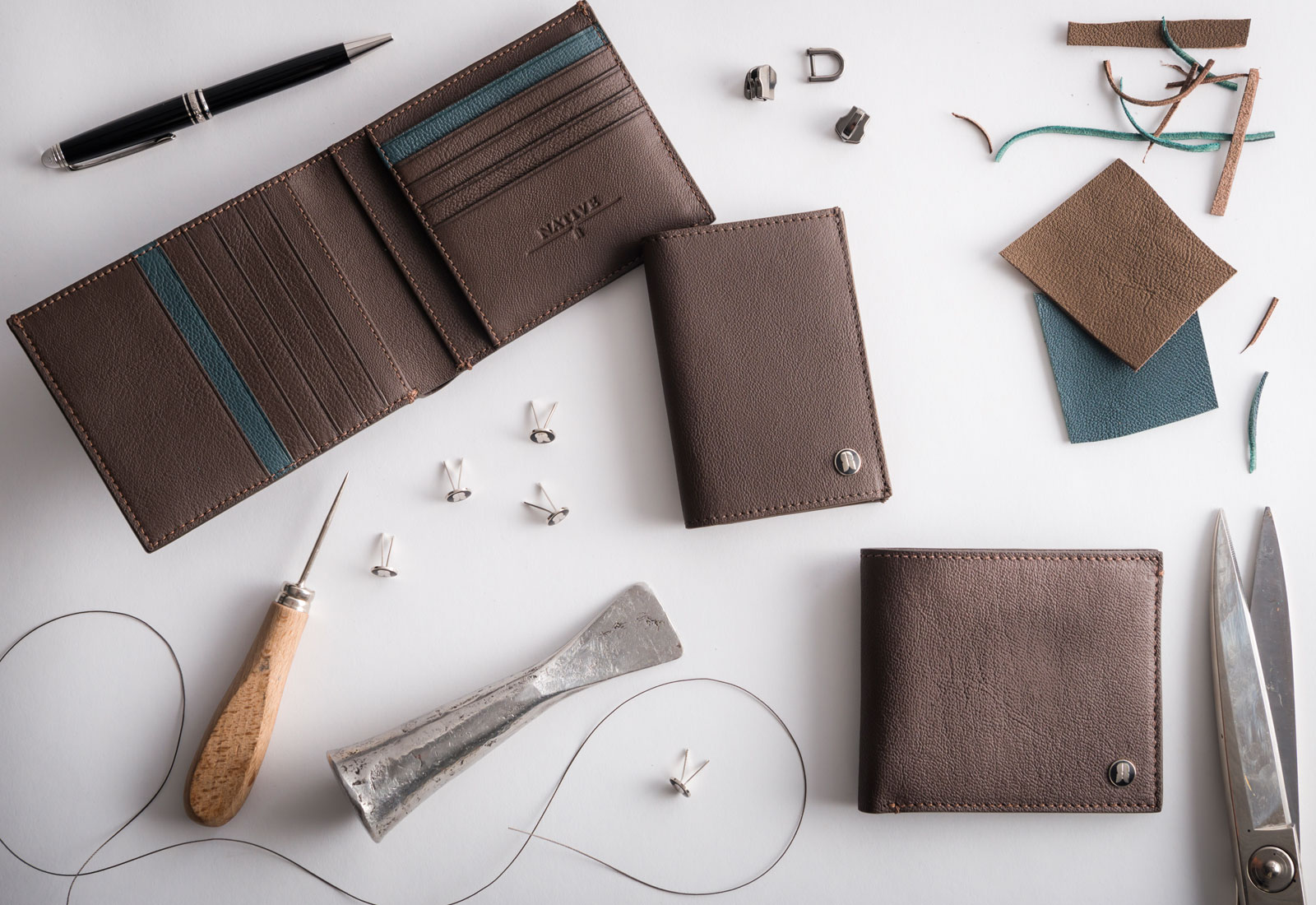If you’ve ever thought about using leather for crafts, you might have been intimidated to start. There’s a lot to learn about leather, and it’s a bit trickier to work with than other craft materials. But there are enormous benefits to using leather as part of your crafts (or as your primary medium), and it’s easier to get started than you think.
Why Leather?
First, let’s talk about why leather is such an appealing craft material in the first place, despite its intimidating nature to newcomers.
- Durability. Leather is naturally tough, making it useful for a number of applications where other, lighter materials might fail.
- Versatility. Leather also has properties that make it extremely versatile. You can cut it, stretch it, color it, and imprint on it, combining these techniques in different ways to make original creations.
- High ROI. For the most part, leather is also a material that yields a high return on investment (ROI). You’ll pay more for leather than you will for something like yarn, but you’ll also be able to charge more for the craft projects you create with it. This is admittedly only a benefit if you plan on selling your work.
How to Find the Right Leather
One of the most difficult elements of getting started with leather craftwork is learning how to shop for leather. You can buy leather online, or with a specialty leather provider in your local area. Either way, there are some areas you’ll need to master:
- Choosing the right weight and thickness. The weight of the leather refers to its thickness, and you’ll need to choose the right weight for your projects if you want to succeed. If your leather is too thin, it won’t be durable enough. If it’s too thick, you won’t be able to sew it efficiently. Typically, 1 “ounce” in this context refers to a thickness of 1/64th of an inch. For things like phone cases and wallets, which need to be thin, 3-4 ounce leather would be ideal. But for something that needs to be more rugged, like a belt or horse-related equipment, 9-10 ounces is better.
- Learning the terminology. There are several terms you’ll need to learn before you start buying leather. For example, “distressed” leather is leather that has been aniline dyed with one color on top of another, thereby creating a variable “aged” look. Full grain leather, by contrast, is leather that has been completely unaltered (other than hair removal). You wouldn’t want to mistake one for the other.
- Taking accurate measurements. Whatever your project is, you’ll need to take accurate measurements if you’re going to buy an appropriate amount. Make sure to give yourself a bit of extra flexibility.
- Finding the right price. Once you become familiar with the different types of leather you can buy, and you know how much you need, you can start shopping around for the best price. Note that the lowest price may not always be the best deal; you’ll also need to consider the quality and reliability of the materials.
- Establishing a partnership. If you’re going to make lots of leather crafts, it’s important to find a vendor you can work with for all your future projects. Establish a rapport, and see if there are discounts for ordering in bulk.
Deciding Your Area of Specialty
Of course, you’ll also have to choose what you want to do with the leather. There are dozens of techniques you can use in leather crafting, and you’re not limited to only using one. Experiment and see what suits your personality and talents:
- Dyeing. Dyeing refers to coloring the leather, usually with the application of pigments through oil, alcohol, or water.
- Painting. Dyes are absorbed into the leather, but you can also paint the surface; this is often done to decorate the leather or display a piece of art.
- Carving. You can “carve” leather with a metal tool by compressing portions of the leather, creating a kind of 3D effect.
- Stamping. Specific shaped instruments can create imprints on the leather’s surface; usually, this is done with the aid of a mallet. This is advantageous for creating multiple copies of the same piece.
- Molding and shaping. You can also mold and shape the leather by soaking it to improve its pliability. From there, you can shape the leather with a mold, or even by hand, to take a specific shape.
- Cutting/etching. With the help of laser tools, you can easily cut and etch designs into your leather.
Ultimately, your future as a leather worker is entirely up to you. There are countless directions you can go, and there’s no upper limit to what you can learn about the craft medium. Keep pushing the limits, learning more, and talking to other craftspeople to expand your horizons.

Leave a Reply